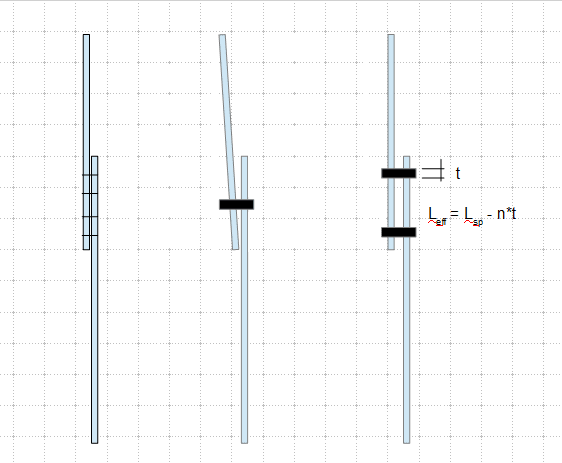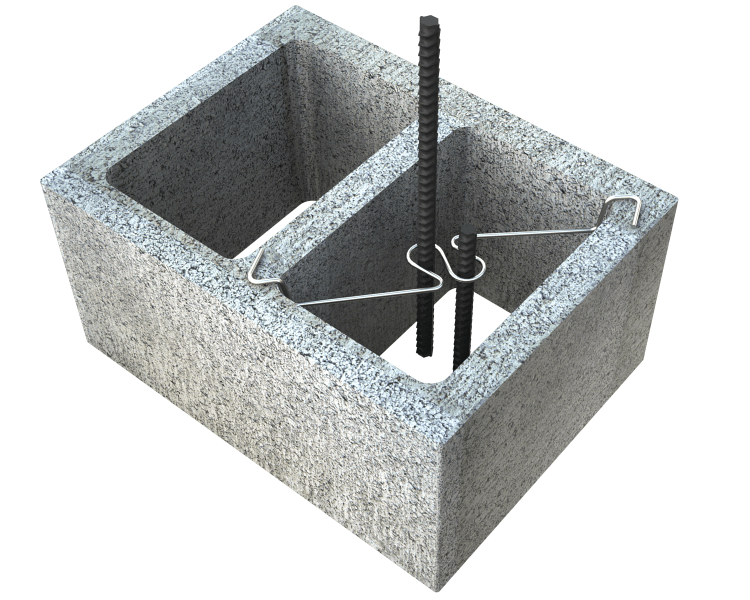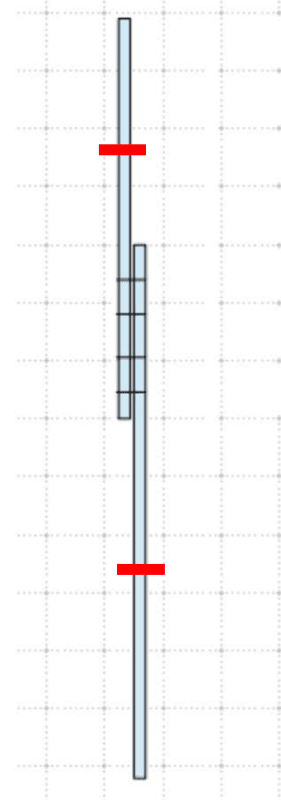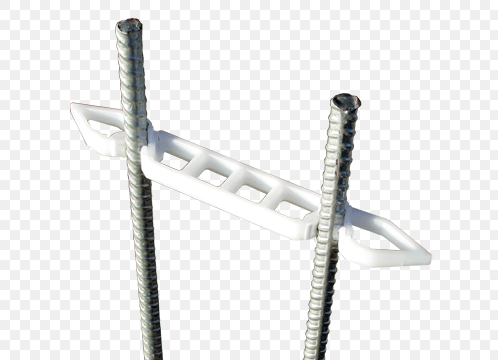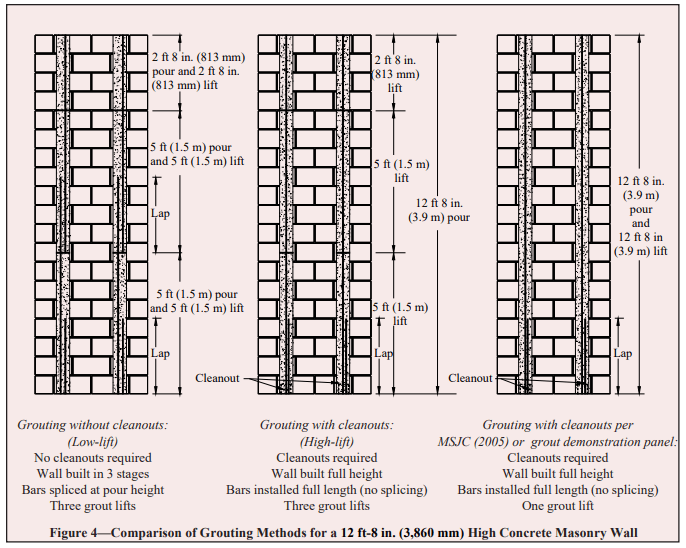In our specs we say to use rebar positioners to center the bars in the CMU walls and also to use wire ties for contact splices. I got an RFI for a project out to bid saying that rebar positioners are designed to space the bars so they do not contact each other to allow grout to flow between the bars so wire tying would not permit that.
We never had this question come up before. My understanding is that the positioners would just be used where there isn't a splice, only to center the bars in the CMU wall and the wire ties would still be used for a proper contact splice, where required. So both would rebar positioners and wire ties would still be used in the wall construction
Am I missing something here?
We never had this question come up before. My understanding is that the positioners would just be used where there isn't a splice, only to center the bars in the CMU wall and the wire ties would still be used for a proper contact splice, where required. So both would rebar positioners and wire ties would still be used in the wall construction
Am I missing something here?

